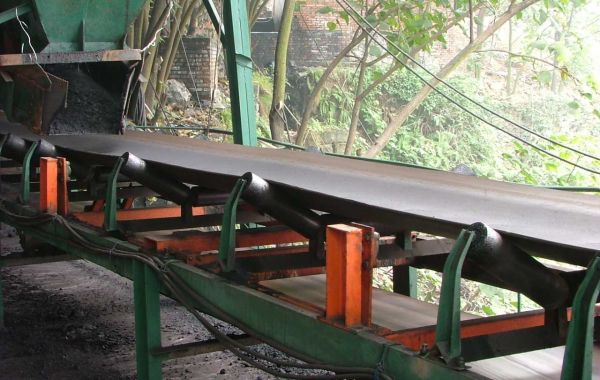Maintaining the accuracy of a measuring belt scale, also known as a weigh belt feeder or conveyor belt scale, requires a multi-pronged approach. Here are some key practices to follow:
Regular Calibration
- Schedule: Calibrate the belt scale at recommended intervals based on usage frequency, material properties, and desired accuracy level. Consult the manufacturer's recommendations and industry standards for your specific application. More frequent calibration might be necessary for critical processes or when handling abrasive materials.
- Calibration Procedure:Follow the manufacturer's instructions for a proper calibration process. This typically involves applying known test weights to the weighbridge and adjusting the scale electronics to ensure accurate readings. Trained personnel should perform the calibration.
Preventative Maintenance
- Cleaning:Regularly clean the weighbridge or weigh belt components to remove material buildup that can interfere with weight measurement. The cleaning frequency depends on the material being conveyed and its tendency to stick.
- Inspection: Periodically inspect the belt scale for any damage or wear. This includes checking the load cells, scraper blades (if used), and the overall structural integrity of the weighbridge or weigh belt section.
- Belt Tensioning:Maintain proper belt tension according to the manufacturer's specifications. Incorrect tension can lead to belt slippage, affecting the accuracy of weight measurement.
Environmental Considerations
- Temperature Control:If possible, try to minimize extreme temperature fluctuations around the belt scale. Sudden temperature changes can affect the stability of the load cell readings. In some cases, environmental enclosures or temperature control systems might be necessary.
- Vibration Control: If the belt scale operates in a high-vibration environment, consider vibration isolation techniques to minimize noise introduced into the weight readings. This might involve mounting pads or other vibration dampening solutions.
Additional Practices
- Operator Training:Ensure operators are properly trained on the operation and limitations of the belt scale. This includes understanding proper material loading procedures and recognizing potential signs of inaccurate readings.
- Data Monitoring: Monitor the weight data collected by the belt scale over time. Look for any trends or sudden changes that might indicate calibration drift or other issues requiring attention.
By implementing these practices, you can maintain the accuracy of your measuring belt scale and ensure it continues to deliver reliable weight data for effective control of your bulk material handling processes. Remember, a well-maintained belt scale not only provides accurate measurements but also contributes to the overall reliability and efficiency of your operation.







